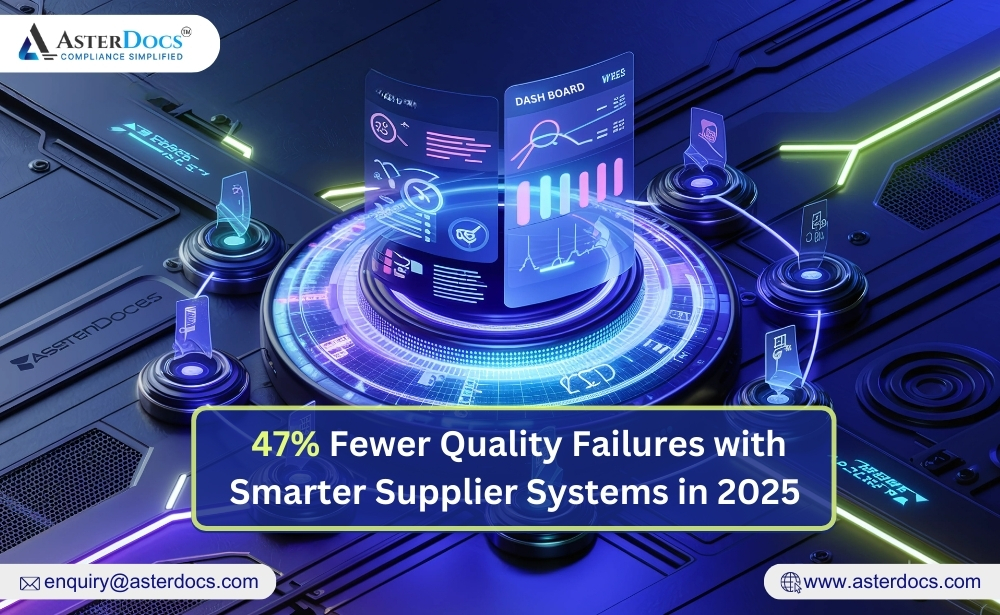Supplier management is vital for organizational competitiveness in today’s dynamic business environment. Technology integration has revolutionized how businesses handle supplier relationships, serving as a game-changer.
This blog will discuss how using technology in supplier management can bring many advantages. By doing so, businesses can make their work better, improve teamwork, and achieve success in the long run.
Benefits of Technology Integration in Supplier Management
Enhanced Efficiency and Productivity
Integrating technology into supplier management processes brings many efficiency and productivity benefits. Organizations can save time and resources by automating manual tasks and streamlining workflows.
Real-time data and analytics are helpful tools that give us beneficial information to make intelligent decisions. They help businesses work better, smooth operations, and manage suppliers. When we have all the latest news, we can see what’s going on, find patterns, and fix any problems. This data-driven approach enhances efficiency, minimizes risks, and improves supplier management.
Improved Collaboration and Communication
Technology integration fosters seamless collaboration and communication between buyers and suppliers. Cloud-based platforms provide a central hub for sharing information, documents, and updates in real time. This ensures everyone can access up-to-date data, reducing miscommunication and enhancing collaboration across the supply chain.
Enhanced Supplier Performance Monitoring
Technology empowers organizations to check and test supplier performance. Key performance metrics such as quality, delivery, and compliance can be tracked and analyzed using integrated systems. Timely alerts and notifications enable prompt action and issue resolution, improving supplier performance and driving continuous improvement.
Strategies for Successful Technology Integration in Supplier Management Assessing Needs and Selecting the Right Technology
Organizations must assess their needs and pain points to integrate technology into supplier management. This assessment helps identify the functionalities and features required in a technology solution. Thorough research and evaluation of available options enable businesses to select the most suitable technology that aligns with their goals and objectives.
Seamless Integration and Data Migration
Once the technology solution is chosen, a well-planned integration process is essential. Ensuring compatibility between existing systems and the selected technology is crucial for seamless integration. Accurate migration of relevant data guarantees data integrity and accessibility in the new system.
Supplier Onboarding and Training
Successful integration of technology depends on suppliers’ active participation and adoption. To help suppliers get started, organizations should provide thorough training and onboarding programs. These programs help suppliers learn about the technology platform and its advantages. Businesses must offer continuous support and resources to help suppliers make the most of the technology. By doing so, suppliers can use the technology and contribute to the success of the supplier management process.
Best Practices for Effective Technology Integration
Change Management and Stakeholder Buy-In
To integrate technology, it’s essential to manage change . This means getting everyone involved and making sure the transition is smooth. To do this, organizations should communicate the benefits of technology integration and address any concerns or resistance from stakeholders. A well-thought-out plan with clear communication, training, and ongoing support is essential. By following this plan, businesses can embrace technology and overcome any challenges or resistance they may encounter.
Data Security and Confidentiality
With technology integration, data security and confidentiality become paramount. To keep supplier data and confidential information safe, it’s important to have extreme security measures in place. This means setting up rules and protocols for who can access the data and how it can be shared. By doing this, we can ensure that the data is kept private and that we follow all the rules and regulations in place.
Continuous Evaluation and Optimization
Organizations should test how well the technology solution works to get the most out of technology integration. Gathering feedback from users and stakeholders helps identify areas for improvement. Organizations can improve how they manage suppliers by improving processes and staying ahead in a competitive business world.
Conclusion
Integrating technology in supplier management brings many advantages. It improves efficiency, productivity, collaboration, and communication. Using the right technology helps businesses work smarter, support suppliers, and stay ahead of the competition. Embracing technology integration is crucial for companies to keep up in today’s fast-paced and digital world.













